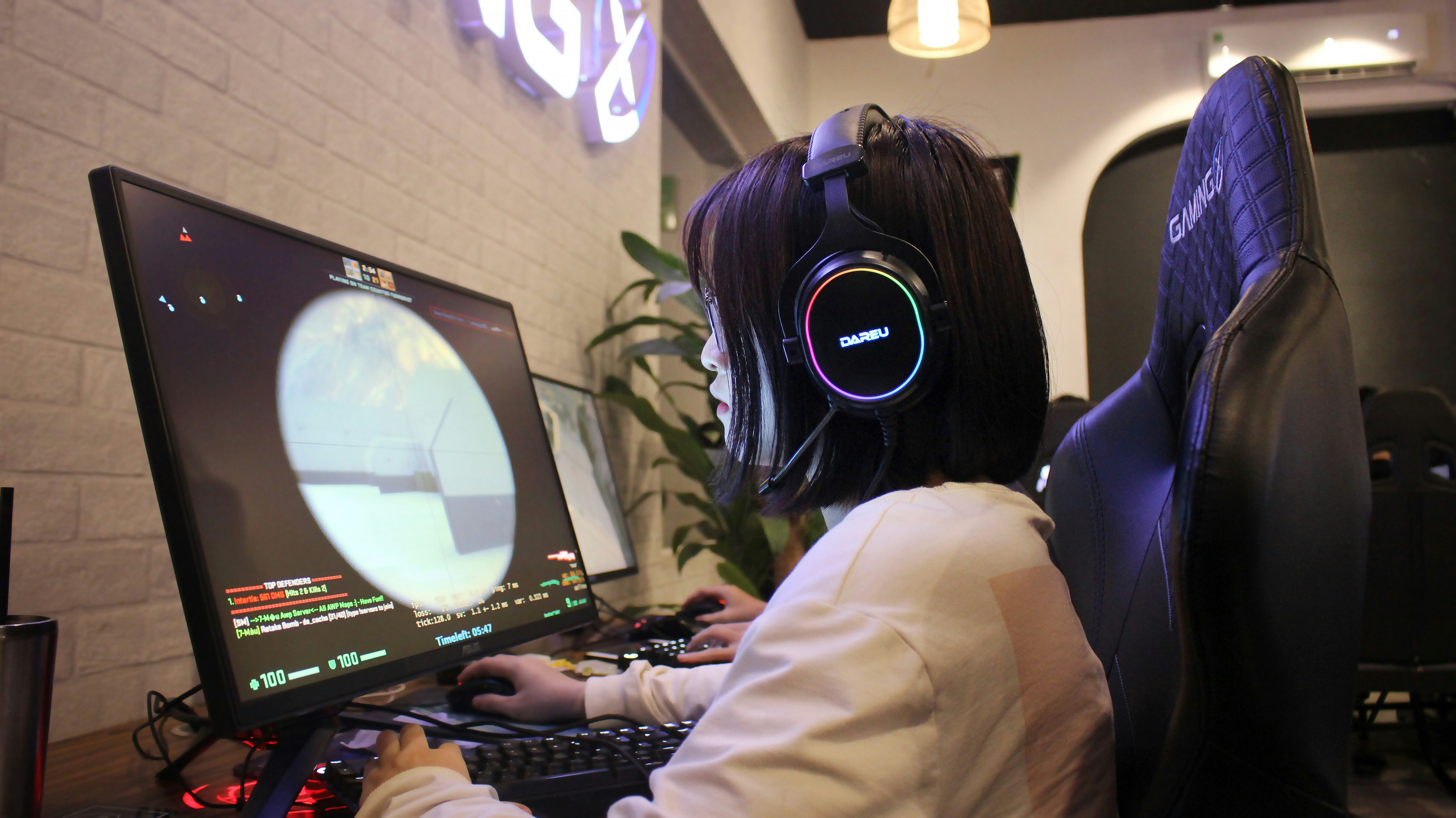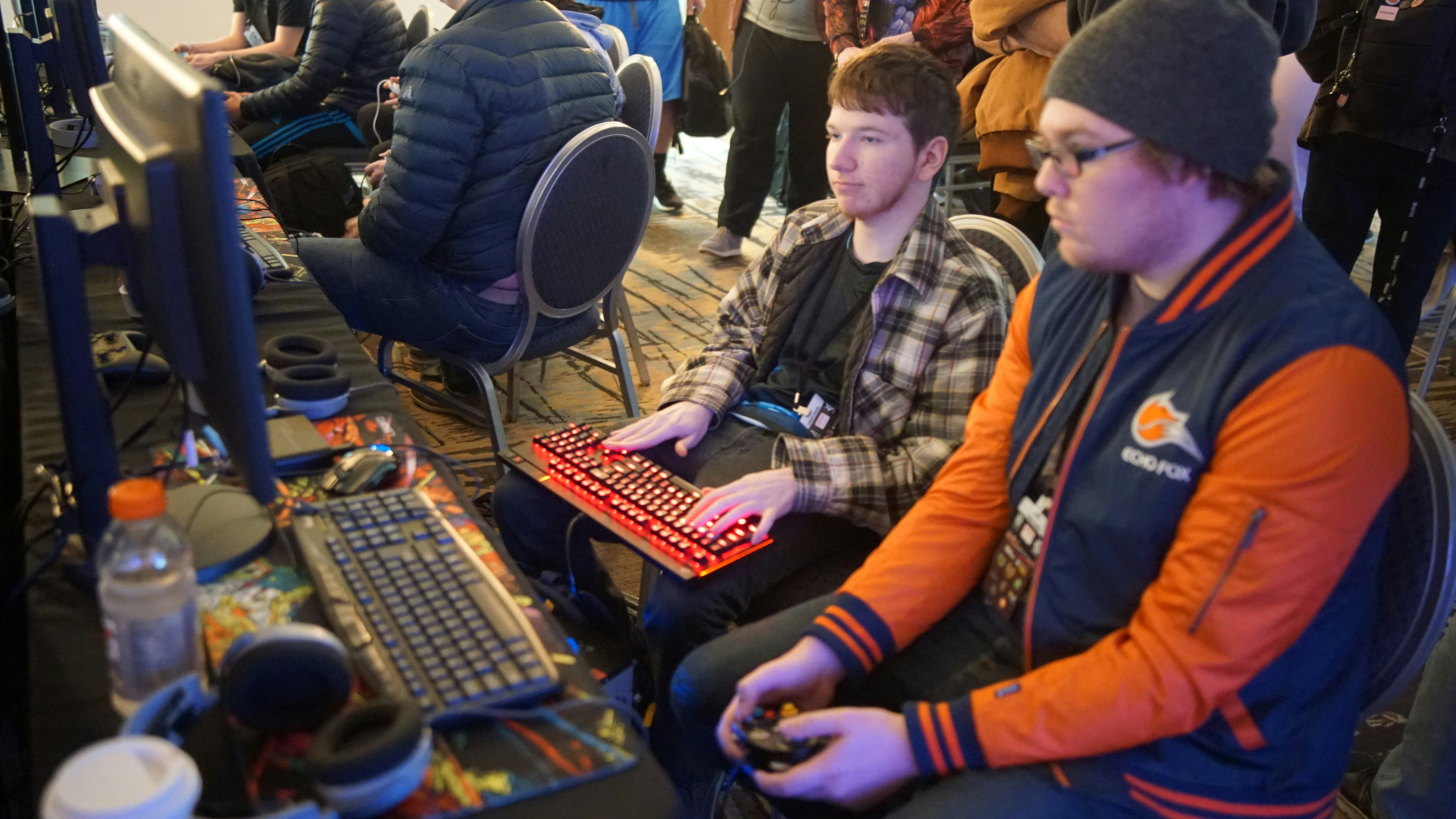What is Video Game Sound Design? Discover Its Power
by WriteSeen
Video game sound design is all about crafting the auditory experience that draws players deeper into the game's world. It encompasses music, sound effects, and dialogue to create an immersive atmosphere.
Great sound design does more than add background noise; it steers emotions, enriches storytelling, and enhances player interactivity.
Interested in exploring this further? Learn how sound impacts game moods, discover key sound design elements, and see the latest trends shaping its future.
The Importance of Sound in Video Games
Sound plays a vital role in video games by enhancing player experience and deepening emotional engagement. It doesn't just dictate the atmosphere; it guides your feelings and responses to each scenario you're thrown into. Creating that emotional resonance keeps players invested, making sound an integral component of the game's design.
- Emotional impact: A strategic audio score can evoke emotions that visuals alone can't convey. Like the swelling music during a climactic battle. Those notes hit hard, often complementing the action, pulling you into the hero's journey.
- Audio cues and immersive experiences: These sound signals can guide decisions, keep you alert to dangers, or unveil hidden paths. A subtle audio cue can lead you to safety or add to your apprehension about what's around the next corner.
- Skill development through feedback: Audio feedback sharpens your reactions. Whether mastering a complex combo or timing that perfect jump, instant sound responses refine your skills.
- Realistic environments: Background sound infuses life into digital worlds, turning them into dynamic, breathing entities. It's the rustle of leaves, the distant rumble of thunder—creating a more believable and engaging experience.
Game designers understand this. They use sound to paint worlds vividly, layering it over visuals to transform the ordinary into the extraordinary. Effective sound design is the unsung hero—crafting emotions and stories that visuals alone could never tell.

Key Elements of Video Game Sound Design
Sound design elements craft the audio environment, setting the scene for your entire gaming experience. Each component—music, effects, dialogue—works together to pull you deeper into the world on your screen.
- Background music: It creates an unforgettable atmosphere. Whether it's the score on a journey of redemption or the haunting tune in a mystery, it leaves a lasting mark.
- Sound effects: They're crucial for feedback and navigation. Footsteps on gravel, the clash of steel, or a whispered threat. These sounds aren't just heard; they're felt. They guide you, providing information and enhancing tension or excitement.
- Dialogue: This connects you to the characters, fleshing out their identities and relationships. Well-delivered lines make characters more believable, forging emotional connections that drive the story home.
- Layered and dynamic sound: Multiple sounds work in tandem, ensuring you get a rich, fully immersive experience. The sound field becomes a canvas, where different elements coexist to create seamless transitions.
This combination of elements shapes every moment of gameplay, carefully tuned by sound designers to elevate storytelling. Your journey through a digital world becomes more than a game—it's an experience forged in sound.
Tools and Techniques Used in Sound Design
Creating that immersive audio experience involves a suite of tools and techniques. For you, the curious creator or game developer, understanding these can elevate your own projects.
-
Digital Audio Workstations (DAWs): These are the workhorses, tools like Pro Tools and Ableton Live, where all these sound elements come together. You can mix, edit, and refine—making sure every element fits just right.
-
Sound libraries: Ready-made audio that cuts down production time. Libraries offer myriad sounds, from footsteps to explosive booms, allowing quick integration and customization to fit your game's unique vibe.
-
Synthesizers: Create unique sounds that synthesize with creativity. They allow you to craft novel soundscapes that distinguish your game from others.
-
Binaural recording and spatial audio: With VR and immersive gaming on the rise, recording techniques mimic real-world sound perception. It's what allows you to feel like you're truly in the game world, with sounds coming from precise directions.
-
Procedural audio: This involves generating audio in real-time, reflecting in-game events. It ensures that sound experience aligns dynamically with gameplay, keeping the auditory landscape fresh and responsive.
Each of these tools and techniques makes the auditory component of games possible, allowing sound designers to craft unforgettable experiences. Through mastery of these tools, you can reimagine sound in your own creative work.

The Role of a Sound Designer in Game Development
Sound designers are key players in game development. They aren't just adding noise—they're crafting an essential layer of storytelling. Every project has unique demands, and the role requires versatility and collaboration.
Sound designers often work closely with game developers, narrators, and visual artists to integrate audio seamlessly. It's not random—it’s intentional, syncing with visuals and narrative to ensure immersion.
-
Collaboration and integration: Designers integrate sounds within game engines, working hand-in-hand with coders to trigger audio responses as needed. This ensures consistency and functionality in the gaming environment.
-
Testing and refining: They test audio rigorously, continuously tweaking to achieve the ideal soundscape. Feedback from testing phases is crucial—it’s here that the sound designer fine-tunes audio to maximize impact.
-
Consistency across platforms: With games played on various devices, designers tackle audio adaptation to deliver a consistent auditory experience. This ensures no matter what player paddle they hold, the sound remains crisp and engaging.
Sound designers craft the final layer that wraps the player in their world. They make sure each footfall, each heartbeat, enhances the story, making sound a powerful storyteller in its own right.
Getting Started: Building Your Portfolio and Skills
Diving into video game sound design demands more than passion; it requires skill sharpening and strategic showcasing. Whether you're a budding creator or a seasoned pro, understanding how to effectively develop and present your work can set you apart.
- Education and online learning: Gain foundational knowledge through degrees in audio production or music. Many top creators also utilize online platforms like Coursera to master specific elements of sound design at their own pace. Continuous learning keeps your skills sharp as technology evolves.
- Real-world experience: Internships and indie projects offer invaluable practical exposure. Collaborating with teams, meeting project deadlines, and adapting to real-time feedback shape you into a better-rounded professional. They also introduce you to like-minded creators in the industry.
-
Crafting a compelling portfolio: A diverse portfolio showcases your versatility—let it include a range spanning orchestral compositions to unique synthesized sounds. Highlight projects that demonstrate your ability to create immersive audio experiences.
-
Networking and mentorship: Connect with industry veterans. Their insights can guide your career decisions and open up opportunities. Participating in forums or attending workshops and expos can expand your professional network.
Providing a wealth of audio samples and confidently documenting your creative process ensures that your portfolio isn't just a collection—it's a story of your growth and expertise. By investing time in developing skills and strategic networking, you can make a lasting impression in the competitive sound design field.

Common Challenges in Game Sound Design
Game sound design isn't without its challenges. Resolving these can make or break your project, impacting player engagement. Let's explore some common hurdles and how a proactive approach can turn them into creative opportunities.
- Balancing complexity and clarity: Overloading audio can lead to confusion. Prioritize sounds that are vital for gameplay while ensuring they don't drown each other out. This requires careful mixing and an ear for detail.
- File size constraints: Compressing files without sacrificing quality is an ongoing battle. Efficient storage solutions and compression techniques are essential to maintaining superior sound within limited digital footprints.
- Adapting to diverse platforms: With games accessible on several devices, ensuring consistent audio quality across platforms requires adaptability. Customizing audio assets to fit varying hardware capabilities is crucial for uniformity.
A sound designer's craft involves juggling technical limitations and creative vision. By understanding these challenges, you can prepare solutions in advance, ensuring that sound captures attention and propels the game forward.
Balancing technical constraints with creative soundscapes is where true innovation thrives.
Emerging Trends in Video Game Sound Design
The landscape of video game sound design is constantly evolving, with new technologies and theories shaping future experiences. Knowing these trends keeps you at the forefront, ensuring your work remains fresh and captivating.
- Adaptive audio: Sound that changes based on player actions or game events creates a dynamic and engaging experience. This trend emphasizes real-time modifications in soundscapes that react and evolve with gameplay.
- VR and advanced spatial audio: As immersive gaming grows, spatial audio creates 3D soundscapes that mimic real-life hearing conditions. This technology places players directly within the world, offering an enveloping experience.
-
Procedural audio generation: Algorithms generate unique sounds that prevent repetition and preserve novelty in gameplay. This leads to a personalized experience where audio elements respond to the ever-changing environment.
-
AI in sound design: AI streamlines sound creation, offering customized experiences by adapting to player preferences in real-time. This not only enhances immersion but also tailors the gameplay experience for individual players.
By embracing these innovations, you can anticipate where the industry is heading and tailor your projects to include cutting-edge audio technology. Staying informed ensures that your work remains relevant and influential.
Conclusion
Video game sound design is a powerful storytelling tool that shapes player emotion, guides interaction, and elevates immersive gameplay. From ambient soundscapes to dynamic audio cues, great sound design enhances every moment, transforming digital spaces into living, breathing worlds. It’s not just background noise — it’s the heartbeat of the experience.
Mastering video game sound design means balancing creativity with technical skill. By learning key tools, understanding the role of the sound designer, and staying ahead of industry trends, you can craft audio that resonates. A thoughtful portfolio, built through real-world projects and feedback, showcases your unique voice in a competitive field.
Ready to turn your sound design skills into industry opportunities? Join WriteSeen — a platform where creators connect, collaborate, and grow. Share your work, engage with professionals, and be part of a community redefining what it means to be heard.
TAGS